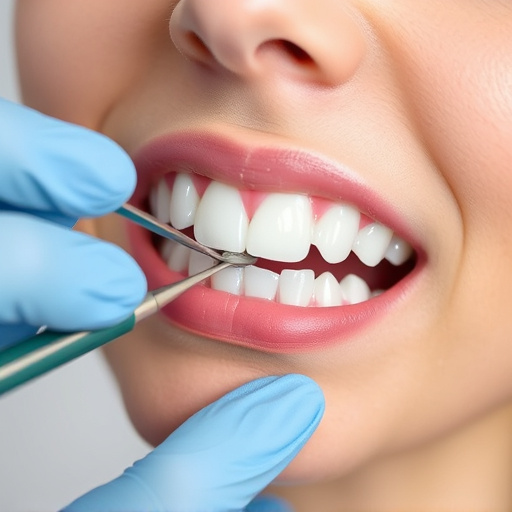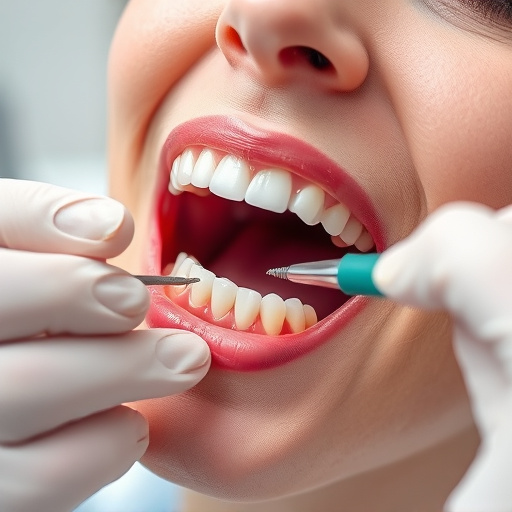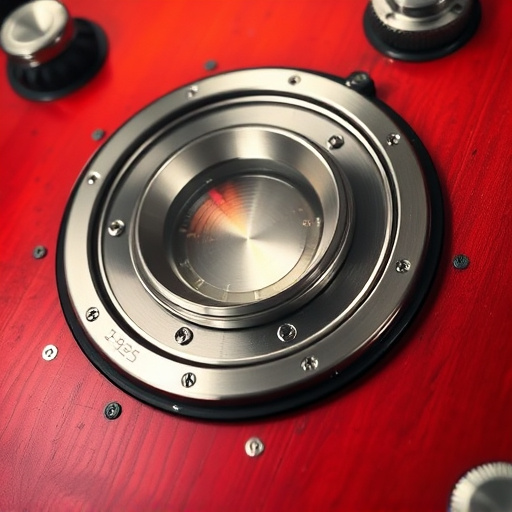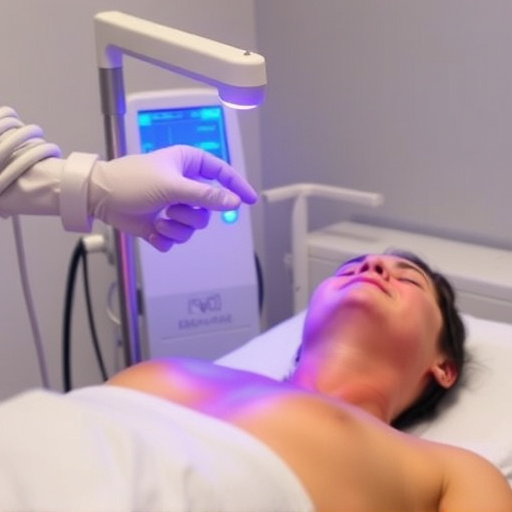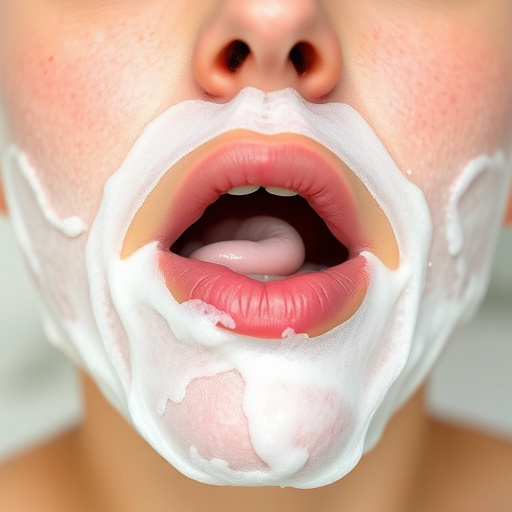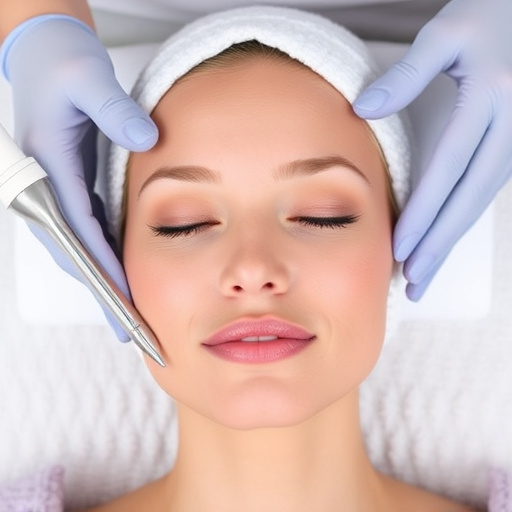Chest acne, caused by clogged pores, excess oil, and bacteria, can be treated effectively with salicylic acid, a BHA. Its unique properties allow it to exfoliate skin, unclog follicles, and penetrate deep layers to dissolve sebum buildup, preventing new lesions and reducing inflammation. However, salicylic acid may cause irritation, dryness, and flaking, so it should be used judiciously under dermatological guidance in a personalized skincare routine, balancing its benefits against potential drawbacks.
“Suffering from chest acne? Explore the potential of salicylic acid as a powerful ally in your skincare journey. This article delves into the effectiveness of salicylic acid as a chest acne therapy, highlighting its benefits and drawbacks. Salicylic acid, a beta-hydroxy acid (BHA), is known for its exfoliating properties, making it a popular choice for unclogging pores and reducing inflammation. However, like any treatment, it has its pros and cons. Discover how this common ingredient can help or hinder your quest for clear skin.”
- Understanding Chest Acne and Salicylic Acid
- Pros of Using Salicylic Acid for Chest Acne Therapy
- Cons and Potential Side Effects of Salicylic Acid Treatment
Understanding Chest Acne and Salicylic Acid

Chest acne, a common skin concern, affects individuals across various age groups and demographics. It’s characterized by red, inflamed lumps or cysts on the chest area, often caused by clogged pores, excess sebum production, and bacteria. This type of acne can be particularly stubborn and leave long-lasting scars if left untreated.
Salicylic acid, a beta-hydroxy acid (BHA), has established itself as an effective ingredient in chest acne therapy. Its unique molecular structure allows it to penetrate deep into pores, exfoliating dead skin cells and unclogging follicles. This action is crucial in preventing the formation of acne lesions. Moreover, salicylic acid has anti-inflammatory properties that help reduce redness and swelling associated with acne. While commonly used for facial acne treatment, its benefits extend to chest acne, offering a potential solution for those seeking effective chest acne therapy.
Pros of Using Salicylic Acid for Chest Acne Therapy
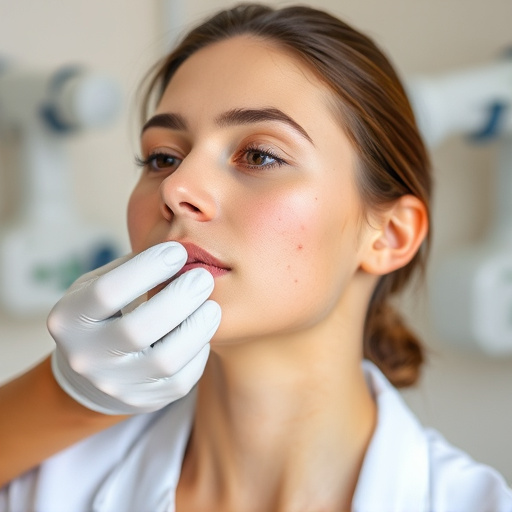
Salicylic acid is a popular and effective choice for chest acne therapy due to its unique properties. As a beta-hydroxy acid (BHA), it excels in exfoliating the skin, unclogging pores, and penetrating deeper layers to dissolve stubborn sebum buildup. This action not only prevents new acne lesions but also helps in reducing existing inflammation and redness associated with chest acne.
One of the significant advantages of salicylic acid is its ability to promote healthier skin turnover. By gently sloughing off dead skin cells, it allows for better absorption of other acne-fighting products and facilitates the healing process. Additionally, salicylic acid has anti-inflammatory properties that can aid in minimizing scarring and, in some cases, even contribute to subtle wrinkle reduction—a benefit often sought in anti aging treatments when used appropriately as part of a personalized skincare routine.
Cons and Potential Side Effects of Salicylic Acid Treatment

While salicylic acid is a popular and effective chest acne therapy, it’s not without its potential drawbacks. One of the main cons is its ability to cause skin irritation, especially in individuals with sensitive skin. This can manifest as redness, itching, or stinging, particularly after application. Overuse or prolonged exposure can lead to dryness, flaking, and even peeling of the skin. These side effects are usually temporary but can be uncomfortable.
Additionally, salicylic acid is a powerful exfoliant that can strip away the skin’s natural oils, resulting in a dry, tight feeling. This can be particularly concerning for those who already struggle with dry skin or certain skin conditions like eczema. Moreover, while it’s often used for its purported skin brightening properties, excessive use might paradoxically cause post-inflammatory hyperpigmentation, especially if the skin is left exposed to the sun without adequate protection. Therefore, it’s crucial to use salicylic acid products judiciously and under the guidance of a dermatologist when possible, balancing its benefits against these potential risks.
Salicylic acid presents a promising option for managing chest acne due to its keratolytic properties, helping to exfoliate skin and unclog pores. However, it’s crucial to weigh the benefits against potential drawbacks such as dryness, irritation, and, in rare cases, more severe reactions. When used judiciously, salicylic acid can offer effective chest acne therapy for many individuals. For best results, consult a dermatologist who can guide you on concentration, application frequency, and suitable products to ensure safe and optimal treatment outcomes.
